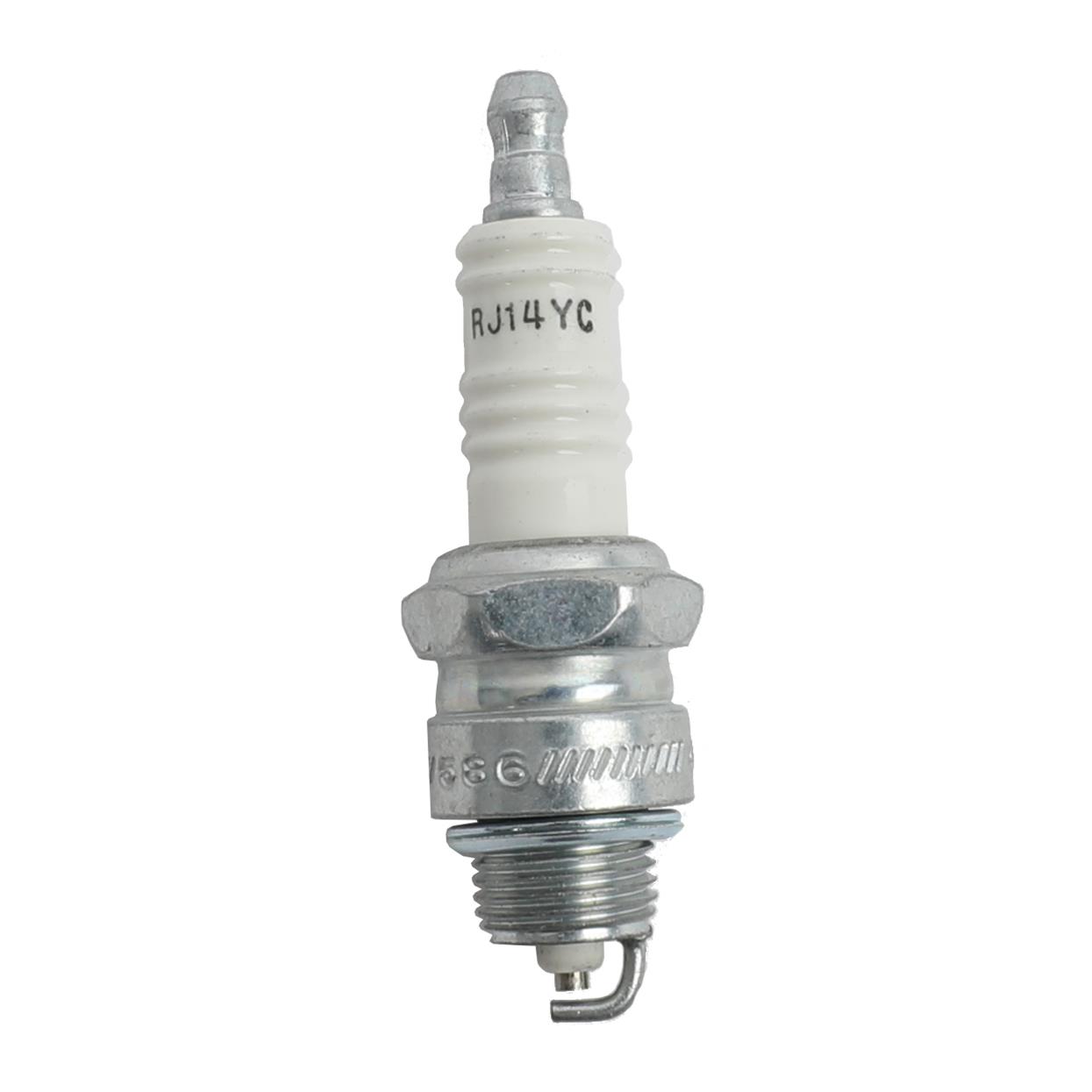Gerald Morris
Senior Member
Greetings Moparians!
Have been testing the newly rebuilt 915 heads with Edelbrock 1405 on our quarter million mile 383. The old motor purrs around town streets nicely enough, but I see when putting it on the interstate a creeping rise in temperature that I don't care for. I can think of a number of possible causes of this nastiness, not the least being the new carburetor's secondaries getting too little petrol to the jets, but I also see that 4 barrel 383s in Slab Side Land ran the J13Y, not the J14Ys I've successfully horded. I have a FEW J13Ys, as I tried using them a few years ago, but thought I'd ask the More Knowledgeable if bumping plug heat down one notch is mandatory for the new setup or not. I notice that I'll need to recurve or replace the distributor(s) I've got for this new 4 barrel universe we're entering too.
I decided to do this several years ago, as many of you know, because its difficult to obtain NEW 2 barrel carburetors for our B/RB engines, and frankly, the rebuilt ones suck! (air, mostly, where they shouldn't, though throttle plates also get diddled over the decades, and so forth...) I finally got the BBD to run the pre-improved engine, by doing an absurdly unbalanced setting of one idle jet almost falling out of the carburetor base, while the other was open just slightly more than ONE TURN from closed. The engine ran, idled and did as well as an old motor with fully half its exhaust valves not sealing well could. I'll upload a pic of the old heads in the other thread soon, for the Curious.
I see few reputable plug companies exist IN the U.S. any longer, or anyWHERE apparently. I might embrace NGK, as I THINK they at least still run their stuff from Japan? I'll check that too.
Anyway, is it worth grabbing J13Y plugs or not right now?
Have been testing the newly rebuilt 915 heads with Edelbrock 1405 on our quarter million mile 383. The old motor purrs around town streets nicely enough, but I see when putting it on the interstate a creeping rise in temperature that I don't care for. I can think of a number of possible causes of this nastiness, not the least being the new carburetor's secondaries getting too little petrol to the jets, but I also see that 4 barrel 383s in Slab Side Land ran the J13Y, not the J14Ys I've successfully horded. I have a FEW J13Ys, as I tried using them a few years ago, but thought I'd ask the More Knowledgeable if bumping plug heat down one notch is mandatory for the new setup or not. I notice that I'll need to recurve or replace the distributor(s) I've got for this new 4 barrel universe we're entering too.
I decided to do this several years ago, as many of you know, because its difficult to obtain NEW 2 barrel carburetors for our B/RB engines, and frankly, the rebuilt ones suck! (air, mostly, where they shouldn't, though throttle plates also get diddled over the decades, and so forth...) I finally got the BBD to run the pre-improved engine, by doing an absurdly unbalanced setting of one idle jet almost falling out of the carburetor base, while the other was open just slightly more than ONE TURN from closed. The engine ran, idled and did as well as an old motor with fully half its exhaust valves not sealing well could. I'll upload a pic of the old heads in the other thread soon, for the Curious.
I see few reputable plug companies exist IN the U.S. any longer, or anyWHERE apparently. I might embrace NGK, as I THINK they at least still run their stuff from Japan? I'll check that too.
Anyway, is it worth grabbing J13Y plugs or not right now?

















